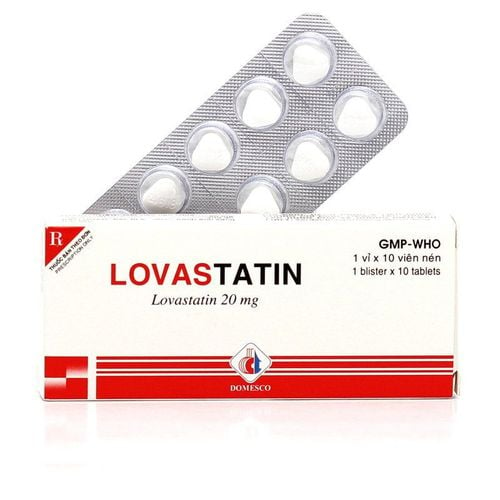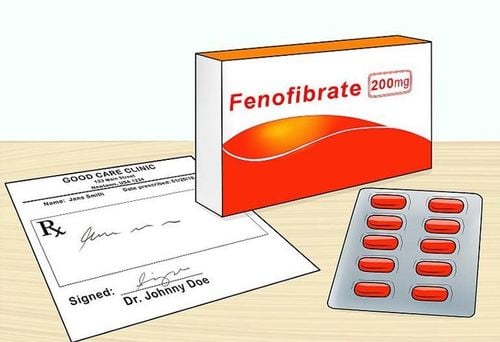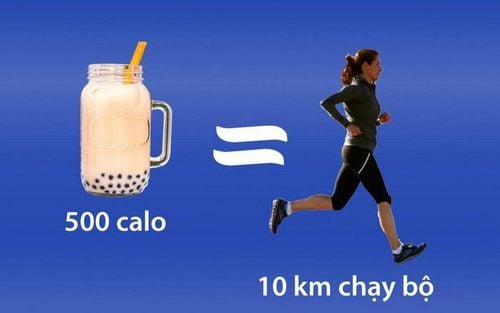This is an automatically translated article.
Weight loss diets are often concerned with the ratio of macronutrients, including carbs, fat and protein. These are substances the body needs in large amounts for normal growth and development. Meanwhile, micronutrients such as vitamins and minerals are the kind that the body only needs in small amounts.
1. A low-calorie diet will help you lose weight, regardless of the nutritional ratio
When it comes to fat loss, the total amount of food intake is more important than the macronutrient ratio (carbs, fat and protein) in the food.
Researchers randomly selected more than 600 overweight people and put them on a low-fat or low-carb diet for 1 year. During the first two months, group I consumed 20 grams of fat per day, while group II consumed 20 grams of carbs per day. After 2 months, both groups started adding fat or carbs back into their weight loss diets, but kept it to a minimum.
Although they didn't have to eat the same amount of calories, both groups lost an average of 500-600 calories per day. At the end of the study after 1 year, the low-fat diet group lost 5.3 kg, while the low-carb group lost 6 kg only the difference was about 0.7 kg.

Chế độ low-card giúp hỗ trợ giảm cân
In another study, more than 645 overweight people were randomly assigned to diets that differed in proportions of fat (40% and 20%), carbs (32% and 65%) and protein (25% and 20%, respectively). 15%). The results showed that all diets promoted equally successful weight loss over the course of 2 years. As such, it can be concluded that any low-calorie diet can help with weight loss in the long run. In other words, the ratio of macronutrients (carbs, fat, and protein) in the food does not directly affect fat loss, but the total number of calories is the main factor.
2. Calories aren't everything
Calories are units used to measure the amount of energy brought to the body from a certain food or drink. Any food made with carbs, fat or protein has 1 calorie equal to about 4.2 joules of energy.
By this definition, all calories are created equal. However, such an assumption did not take into account complex human physiology. Food and macronutrient composition can affect hunger or satiety levels, metabolic rate, brain activity, and hormonal responses.
So while 100 calories of broccoli and 100 calories of donuts contain the same amount of energy, they affect the body in very different ways. Specifically, 340 grams of broccoli has 100 calories, along with 8 grams of fiber. In contrast, just half a medium-sized donut provided 100 calories, mostly from refined carbs and fat.
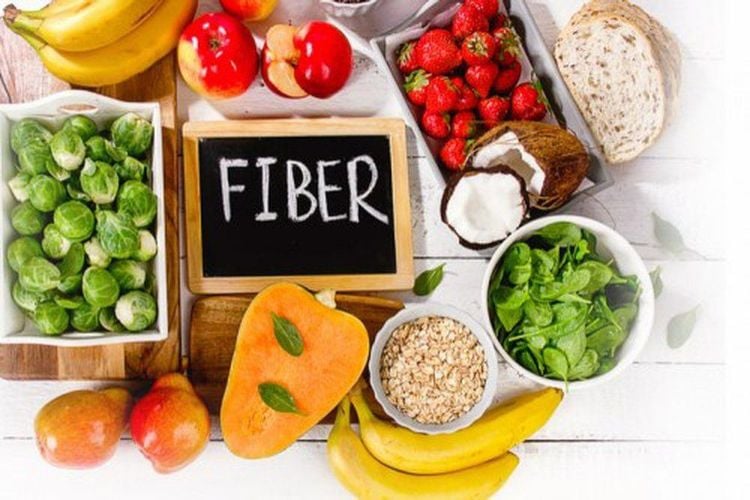
Chất xơ đóng vai trò quan trọng trong quá trình giảm cân
When you eat four cups of broccoli (340 grams) in one meal, not only does it take a lot of time and effort to chew, but its high fiber content makes you feel much more full. Compared to eating half of a donut, you're more likely to eat the other half right away.
Thus, people who want to lose weight scientifically should not only focus on calories, but also pay attention to the quality of the menu. That way, you can easily adhere to the diet and soon achieve your fat loss goals.
Recommended video:
3. Importance of meal quality
To lose weight, you must create an energy deficit by eating fewer calories than you burn. At that time, the body is forced to draw energy from stored fat blocks. Although the carbs, fat, or protein in your diet won't significantly affect your weight loss plan, choosing a few nutritious foods is important for someone who is in a calorie deficit.
Some foods and macronutrients to prioritize or limit include:
3.1. Choose nutritious foods
These are high in nutrients, but relatively low in calories. They're rich in fiber, lean protein, healthy fats, vitamins, minerals, and other beneficial compounds -- like phytochemicals.
Some examples include:
Dairy products Legumes Whole grains Fruits Vegetables Lean meat Fish. Many of these foods also contain a high percentage of water. Water and fiber help increase satiety, which can help you take in fewer calories throughout the day.
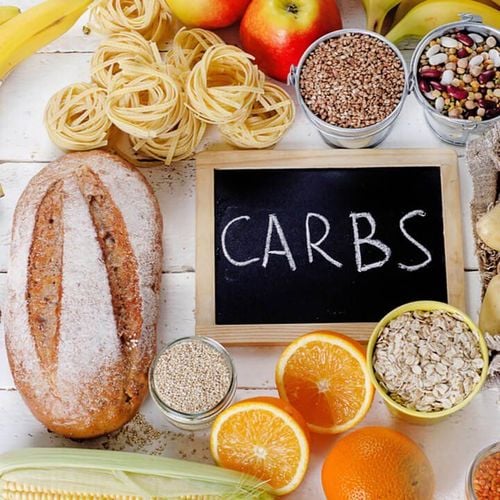
Ngũ cốc nguyên hạt được khuyến cáo sử dụng khi thực hiện chế độ ăn kiêng
3.2. Prioritize protein-rich dishes
Protein promotes satiety, maintains muscle, and requires more calories to digest (compared to carbs or fat).
Good sources of animal protein include:
Lean meat Fish Poultry Eggs Milk You can also get protein from plant sources such as:
Soybeans Grains Certain vegetables Peas Milk protein powder or food Taking a supplement (whey protein) taken midway through or as a replacement for a main meal is also a good choice to increase protein.
3.3. Limit fat and high-carb foods
Foods containing both fats and carbs stimulate brain centers and increase cravings, leading to overeating and weight gain. People generally do not like to consume a food that is rich in carbs (white rice) or single fat (fatty meat). But when combined together, they become the top irresistible dishes.
Donuts, pizza, cookies, chips and other elaborate snacks contain both fat and carbs, a combination that is highly addictive for many people.
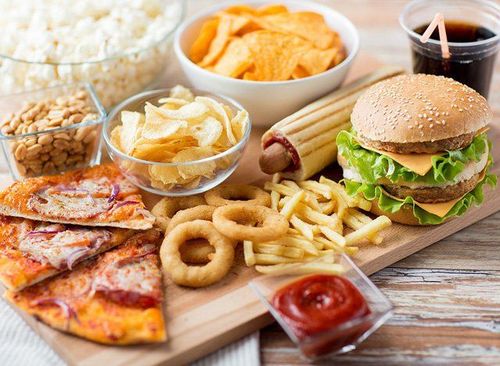
Hạn chế ăn đồ ăn nhanh
4. The best ratio of macronutrients
Although the proportion of macronutrients in the diet does not directly affect fat loss, it may be related to the ability to adhere to a low-calorie diet.
Adhering to a reduced calorie diet is a very important factor for weight loss. However, sticking to a long-term weight loss diet will be difficult for most people. This is exactly why so many dieters fail.
To increase your chances of success on a low-calorie diet, be flexible with your macronutrient ratio based on your preferences and health. For example, people with type 2 diabetes can easily control their blood sugar with a low-carb diet. In contrast, healthy people may feel less hungry and more easily stick to a high-fat, low-carb diet.
However, a keto diet that focuses only on a large amount of macronutrients (like fat) and steers clear of another (like carbs) isn't for everyone. Instead, you need a balance of macronutrients to get scientific weight loss results. The National Academies of Medicine recommends that people:
Consume 45 - 65% of calories from carbs Consume 20 - 35% of calories from fat Consume 10 - 35% of calories from protein

Để giảm cân hiệu quả, bạn cần cân bằng các chất dinh dưỡng đa lượng
You may have to try many different weight loss diets, before finding the one that best suits your lifestyle and personal preferences.
Macronutrients like carbs, fat and protein, are the three basic components of every diet. Macronutrient ratios do not directly affect weight loss, but should still be balanced with 45-65% of daily calories from carbs, 20-35% from fat and 10-35% from protein. To lose weight scientifically, focus on healthy foods and eat fewer calories, while being active burns more energy.
Please dial HOTLINE for more information or register for an appointment HERE. Download MyVinmec app to make appointments faster and to manage your bookings easily.
Reference source: healthline.com






